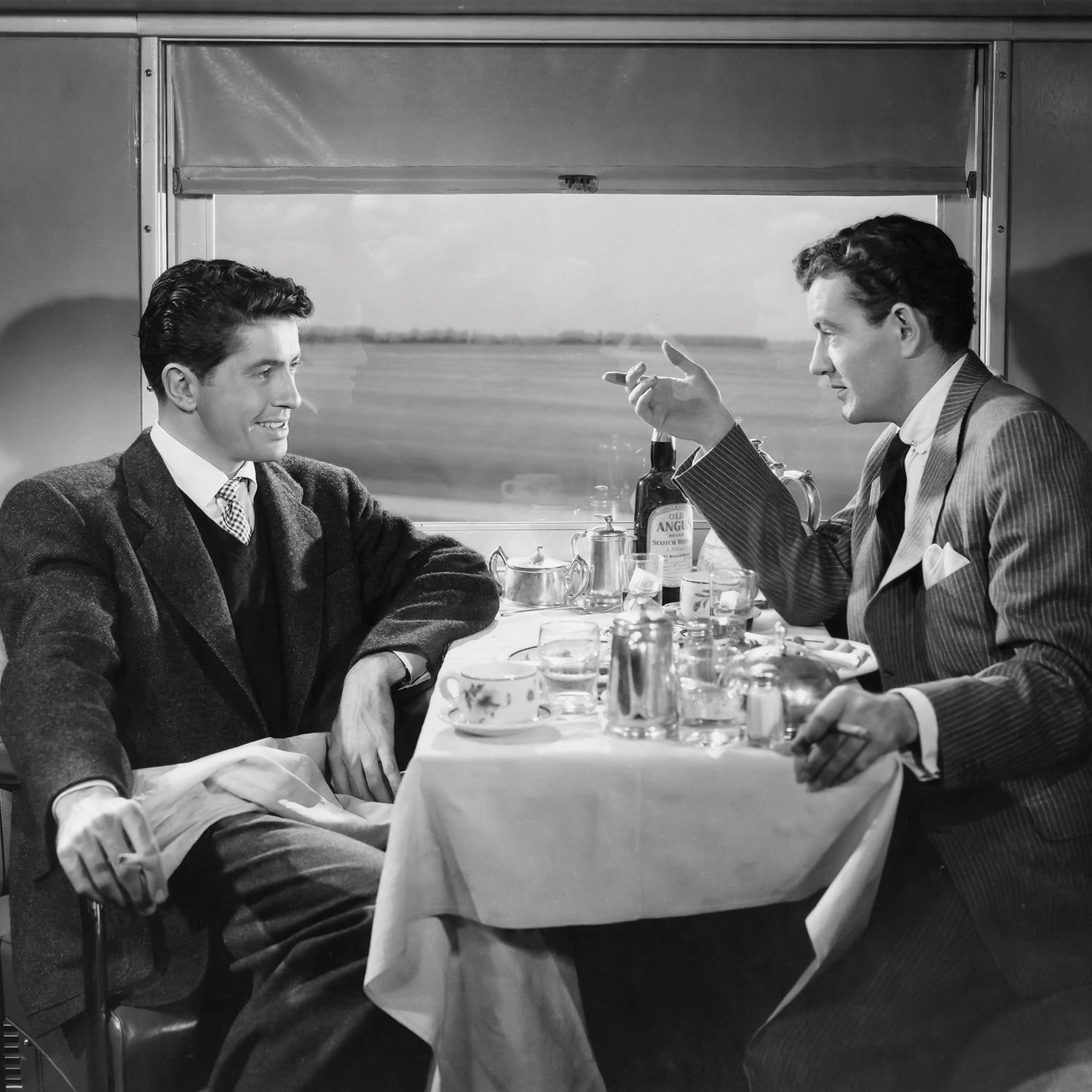Part of me has always wanted to be the kind of person who breaks the ice with a fellow airplane passenger or engages in easy banter while in line at the grocery store. When I witness that kind gregariousness in others, I feel envy; I assume their lack of inhibition means they lead more exciting lives. How many grand love affairs or tales of adventure began because someone had the nerve to say hello? Alas, more often than not, talking to someone I don’t know inspires low-level dread, and I avoid it entirely.
I’m not alone. In a 2022 study, Gillian Sandstrom, a senior lecturer in psychology at the University of Sussex, noted that people are “remarkably pessimistic” about talking to strangers, despite copious research linking frequent social interactions with happiness. According to Sandstrom, we tend to exaggerate the potential for negative consequences in such encounters, and actively avoid them. As a countermeasure, she organized a weeklong scavenger hunt and gave participants “missions” that involved initiating conversations with strangers who met certain apparently arbitrary criteria (e.g., “Find someone who’s wearing a hat”). The results aligned with Sandstrom’s hypothesis: on average, these random interactions were far more pleasant than people expected them to be.
Eager to test her theory, I gave myself a week to replicate Sandstrom’s assignment, which meant speaking to around 30 people. I had no excuse not to try: I live in New York City and encounter hundreds of strangers every week. If I forced myself to talk to enough passing randos, maybe it would begin to feel more natural.
How many tales of adventure began because someone had the nerve to say hello? Alas, more often than not, talking to someone I don’t know inspires low-level dread, and I avoid it entirely.
The hardest part of starting a conversation with a stranger is finding an excuse to talk to them that didn’t verge on the creepy. One of my missions was to speak to someone who was eating. “Is that scallion cream cheese?” I asked a guy on a park bench who was stuffing his face. It came out a little more aggressive than I intended, but once he realized that I wasn’t a maniac, we had a delightful conversation about the decadence of the everything bagel. When I spoke to an attractive woman on crutches for my task of engaging someone who “looks sad,” I was paranoid she’d figure me for a pickup artist. Instead, she humored me when I told her about my knee issues.
Here’s a tip: if you can pull it off without being too cute, asking strangers about the perks of talking to strangers can be an effective strategy. I used this approach with people required to interact with the public as part of their job. Among the bartenders and hairdressers I spoke with, a common response was that chatting with customers was one of the most enjoyable aspects of their day, providing a little burst of unpredictability. A café worker with peroxide-blond hair told me that he was an expert at guessing a customer’s order based on their appearance—yoga clothes? almond chai latte—but felt a distinct joy whenever he got it wrong.
The same can be said about an impromptu exchange with someone you encounter on the street. My experiment didn’t transform me into a fearless extrovert. But it was a useful reminder that when it comes to keeping life interesting, it pays to make room for the occasional surprise.


